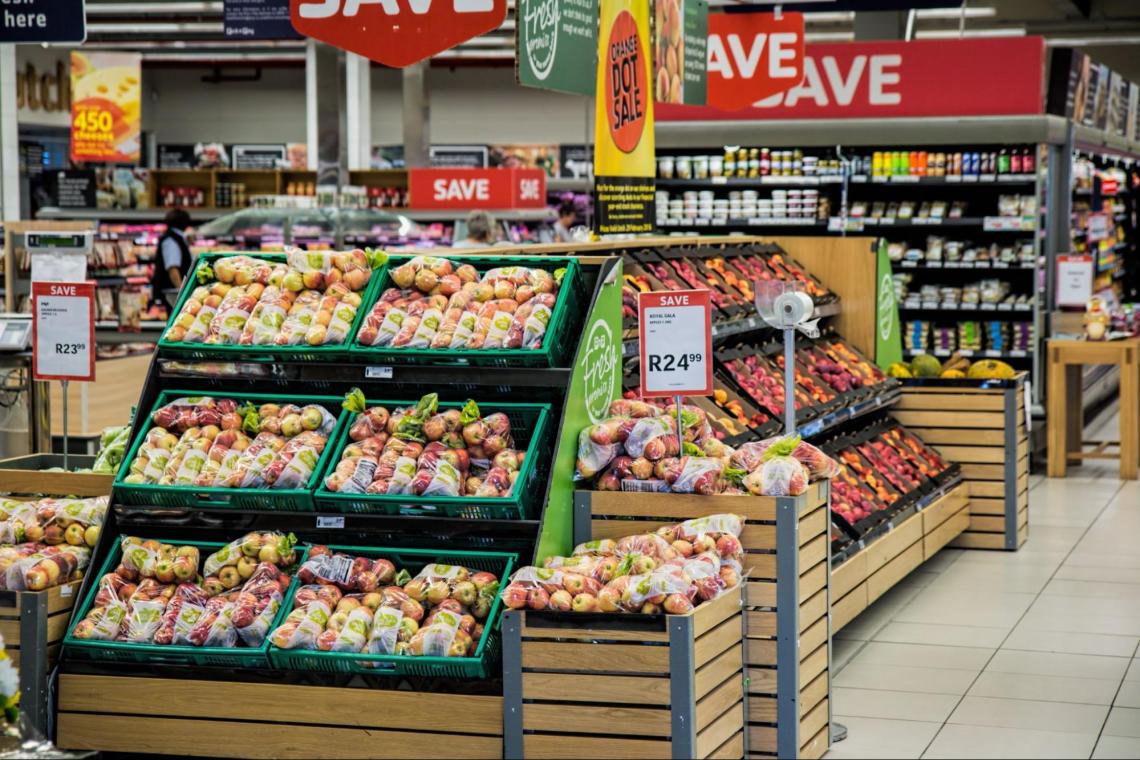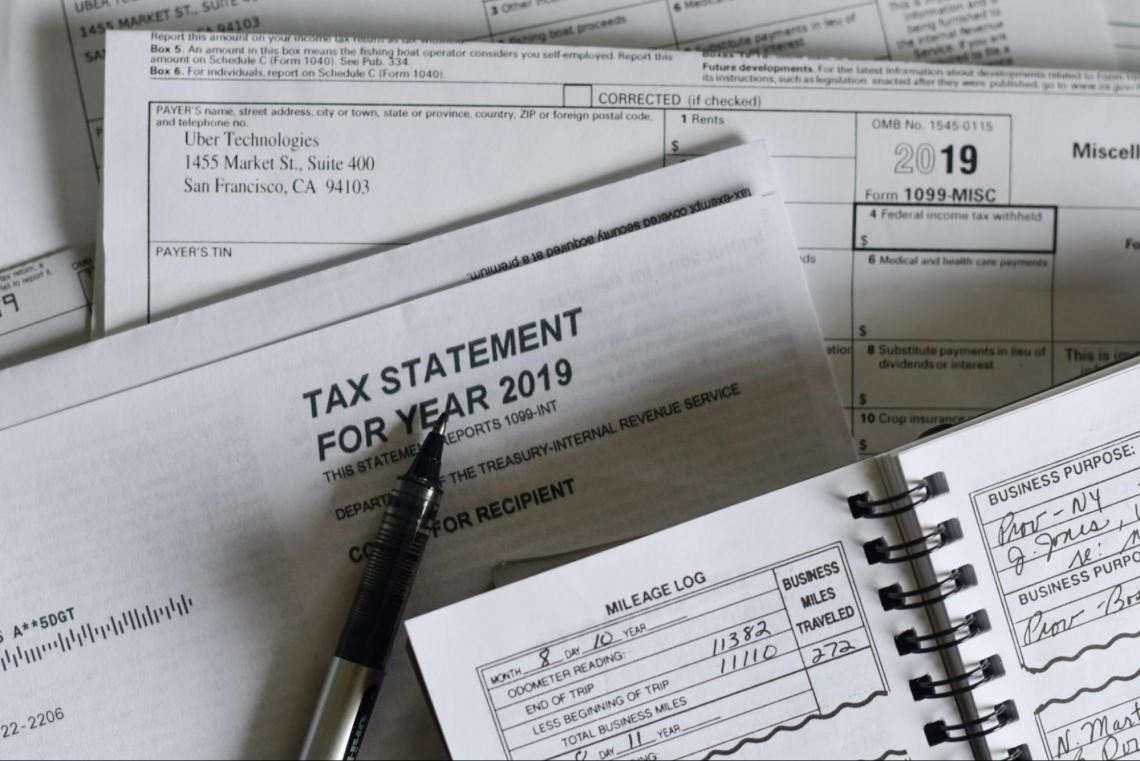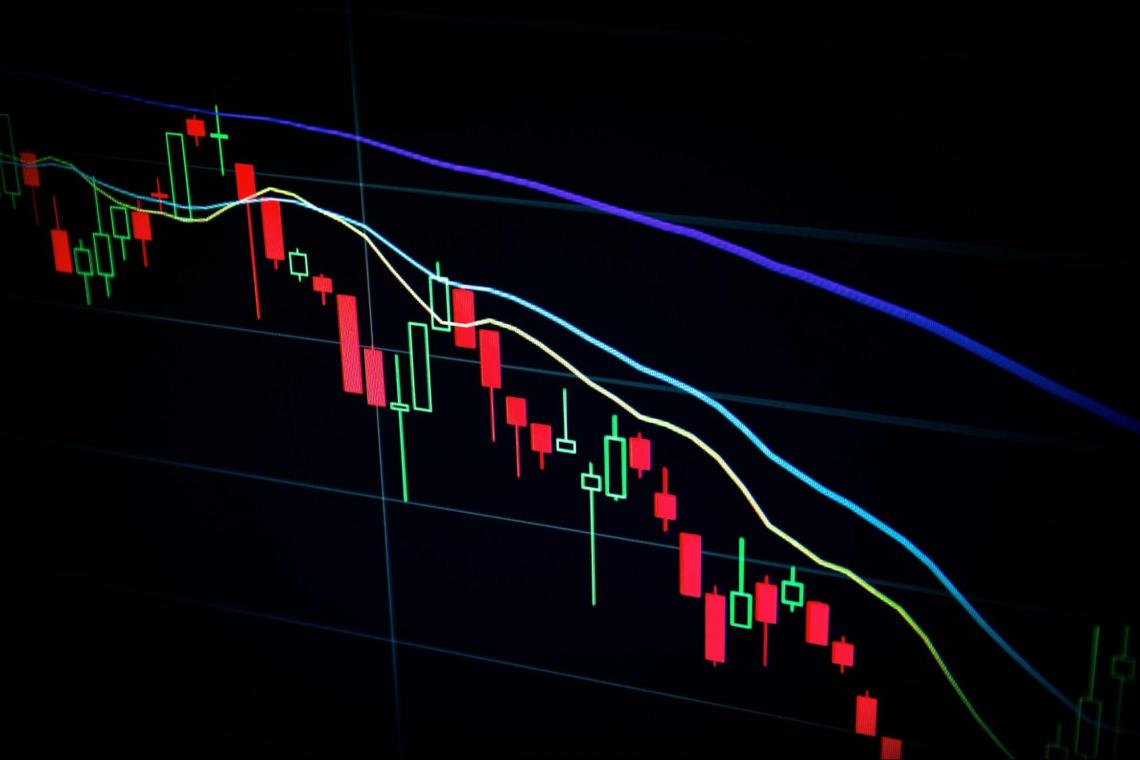Visible Supply
The number of readily available commodities for purchase or sale.
Visible supply is the number of readily available commodities for purchase or sale. It often refers to the number of entities unrestricted for trading when used in a financial setting.

This supply is crucial because it specifies a precise amount of products accessible for acquisition or delivery following the assignment of futures contracts. It may also include goods that are in transit, loading docks, or storage.
However, the amount of supply that is readily apparent does not entirely determine a good's price. The supply networks used in product manufacture are also directly related to VS.
As the pattern of creation and use impacts the observable stock available to lookers, it is prevalent in farming products.
Because commodities are frequently acquired through futures, options, or forward contracts long before the date of actual physical delivery, future supply is more likely to affect pricing than what is now available.
For example, the supply becomes apparent when maize is harvested and prepared for sale. The apparent supply declines as people buy corn for utilization.
It gives a supply-side perspective on the overall amount of an item available in the market since supply data might reveal signs of impending shortages or surpluses that could impact prices.
How is this supply related to market prices?
The law of supply and demand is said to govern market prices. The supply of goods impacts demand and vice versa.

Therefore, these markets and the corresponding futures markets need to be able to account for the supply of commodities. Generally speaking, a rise in apparent supply is a negative indicator, and a decline is bullish.
Recall that this supply only includes products that may be purchased or sold. Bushels stored in storage, transportation, or loading docks are in this supply of items like grain or flour.
It is a crucial indicator of the market price.
Since futures contracts are agreements to buy or sell an item at a specific point in the future, apparent supply has significant implications.
Contracts may only be made if there is a sufficient amount of an item to guarantee that the contract will be honored. Therefore, the apparent supply gives market players a hint as to the overall number of commodities accessible.

This supply for commodities like maize or wheat comprises bushels kept in storage, en route, or stored on loading docks.
For instance, wheat departed from the farm would not believe a part of this supply, but once it is in transit, it can be called a visible supply. When a customer buys wheat, it vanishes from this type of supply.
Let's Analyze Visible Supply Against Invisible Supply
When considering supply and demand, especially for perishable commodities, it is crucial to include both visible and invisible supply.
The invisible supply, or the anticipated but unrealized supply of the future, also influences demand in addition to the visible one, which is the current demand.
The invisible supply quantity supporting a futures contract differs from the visible one in that it exists but has not yet been amassed, stored, or reserved for delivery. The visible supply is any such stock of a commodity that has been accounted for.

In the context of futures contracts, agreements to purchase or sell an item at a fixed point in the future, apparent supply plays a significant role. Arrangements may only be made if there is a sufficient amount of an item to guarantee that the contract will be honored.
Therefore, the visible supply gives market players a hint of the overall number of commodities accessible throughout time.
For example, If there were a dust-bowl-type situation.
Indeed, several independent catastrophes took place so quickly after one another that the damaged areas were unable to recover before a new drought started fully.
This would imply the invisible supply would be sparse, making prices for the currently visible supply skyrocket, assuming a lack of a suitable substitution.
What Is a Bond?
An investor or lender can effectively lend money to a borrower through a bond, which is a fixed-income or debt instrument. Industries or the government often issue bonds to fund operations and projects.

A bond is a debt security.
Creditors create bonds to get money from individuals who are willing to borrow from them for a specified time period. When you purchase a bond, you support the issuing entity, a corporation, an organization, a municipality, or a state.
In consideration, the issuer promises to pay you an agreed-upon interest rate for the term of the bond's life and the bond's capital when it "matures" or after a predetermined duration.
Bond prices are determined by the market interest rate and the issuer's credit risk. Bond prices and market interest rates are inversely correlated.
Thus when the market interest rate falls, bond prices rise since the stated interest rate on the bond itself stays constant. If the market interest rate rises, on the other hand, bonds become less expensive because their claimed intrinsic interest rate becomes less alluring.
Besides, issuers' creditworthiness may also impact the conveyed interest rate or bond prices. An issuer's stated interest rate will generally be higher to reflect the increased crapshoot they designate, while they have the worst credit rating and are more likely to fail.
How is the Idea of Municipal Bonds in this Supply?
A municipal bond or fixed-income instrument issued by a municipality, township, or state to fund its governmental undertakings is a municipal bond. "Muni bonds" and "muni" are also used to describe municipal bonds.

Municipal bonds are tax-exempt, meaning that the earnings from such bonds are not subject to taxes, which benefits investors.
1. General Obligation Bond:
Governmental organizations issue general obligation bonds backed by money from a specific project. As a result, the bonds tend to be riskier and offer a higher yield.
Unlike revenue bonds, GO bonds do not use collateral as security and do not make payments to creditors based on the proceeds of projects they have supported.
A certain GO bond may be designated as having a restricted or unlimited taxing capacity. A municipality may raise property taxes appropriately to satisfy payments and obligations in case of an unlimited GO bond.

2. Revenue Bond:
Governmental organizations offer revenue bonds, which are backed by the money received from a particular project.
Taxes or tolls, such as sales tax, property tax, or other levies, may be involved. The rates on the bonds might change depending on how much money is brought in from the sources.
In contrast, to GO bonds, revenue bonds are project-specific and are not financed by tax dollars. Revenue bonds have a higher risk than GO bonds and pay a higher interest rate since owners can only rely on the revenues of the particular project.
Uses of Municipal Bond
Municipal bonds are securities that local governments frequently administer to finance guideline frameworks like building new schools, construction of libraries, and the building of infrastructure such as roads, bridges, general transit, etc.

Financing police forces, fire division funding, forming parks and walkways, support for community centers, and aid for trash management. Following are some of the uses of municipal bonds:
- Muni bonds are often free from federal taxes and occasionally from state and local. You keep more money since municipal bonds are frequently not liable for federal, state, and local income taxes.
- While not entirely risk-free, municipal bonds are among the safest investments you can make with your money.
- Your default risk is minimal because muni bonds are very secure.
Apart from the advantages, there are also some risk factors involved as well.
The federal government does not guarantee municipal bonds and occasionally defaults even though they are generally safe bonds with low default risk. Despite this, municipal bonds are a safer option than corporate bonds.

A call provision is often included in municipal bonds. The lender can buy back the bond before its maturity, thanks to a call provision. Since the investor does not get any further interest when the bond matures, the risk is involved.
When interest rates in the market are low, issuers will choose to implement call provisions. This is because they may redeem bonds with higher interest rates and then issue new bonds with lower interest rates.
Thirty-Day Visible Supply
Municipal bonds are issued by the government rather than businesses and are included in the 30-day VS.

The entire amount of all underwritten bonds available in the market in the next 30 days is known as the Thirty-day VS.
If municipal bonds were things, the thirty-day VS would be the total amount that could be bought in the following 30 days.
The sole distinction is that municipal bonds are available for purchase for investment reasons and are sponsored by the municipality.
The health of the bond market and the supply-side volume may be assessed by looking at the 30-day observable supply. As supply grows, prices tend to decline, but interest rates rise.
Bond rates will drop if the 30-day observable supply shrinks, which is expected to increase the overall prices. The reason for the importance of a thirty-day visible bond is stated below:

- As purchasers buy agricultural commodities for usage, they are transported from the homestead into travel and reduction, increasing the evident inventory.
Additionally, it might affect costs by arranging the organic market. As demand for a commodity grows relative to supply, prices may rise. - In the municipal bond market, the conspicuous 30-day supply is used to gauge the strength of the demand for fresh issuance. This serves as a gauge for the anticipated quantity of the new debt that will hit the market.
- Municipal bond markets gauge the strength of the demand for fresh offerings using the apparent 30-day supply. This serves as a gauge for the volume of new debt anticipated to enter the market.
- Through a digital edition that requires a subscription, it offers advanced real-time market data.
Effects
VS is closely related to the supply networks used to manufacture commodities. Here are some of its influences on different sectors:

- Given that the cycle of production and consumption influences the apparent supply in the market, it is widespread in agricultural commodities.
Agricultural commodities' apparent supply rises when transported from the farm transportation and falls as people buy them. - The apparent supply may also influence pricing through a supply and demand system. Prices rise when a commodity's demand is more significant than its supply. In contrast, prices will fall when a commodity's supply grows in proportion to its demand.
Consequently, as part of their trading methods, commodity dealers regularly monitor the availability of the commodities.
- Its reports for agricultural commodities offer helpful insight into a commodity's potential future supply.
A rise in future prices may be the outcome if there are signs of scarcity. When this supply report shows a surplus, it may signify that prices will likely dec - Commodity traders might attempt to forecast patterns in the future price of commodities by changing the VS. If they are successful, they may purchase or sell futures contracts to make money out of the future prices.
- It keeps track of raw materials from the time they are produced, through assembly, into final goods, and to the client.
Benefits
VS is crucial in terms of production, transition and storage as well. It has a particular influence on different sectors’ supply of goods. Let's see some of its benefits:

- Regarding customer service and delivery alternatives, it frequently translates into less disruptive prices, allowing businesses to spend their time more effectively. Defective goods intended for outlet retailers can also be tracked.
- Access to data is increased with complete visibility, enabling you to create more customer- and product-specific data.
This may enhance a company's operations in many areas, including planning, cost avoidance, cost reduction, and customer service operations efficiency. - Total supply chain transparency enables you to be proactive, identify what is and is not working, and perhaps even improve or change your delivery alternatives based on data and analytics.
- The transparency of every process, from manufacturing to shipping, may improve operations and capacity for better strategic planning.

- Retailers may better control performance measures, such as shrink reduction, by having a visible supply chain. It enables you to obtain additional information to better bargain over the price, delivery date, and positioning of the goods.
- VS refers to both external business partners and internal company processes.
- Transparency throughout this often-growing network may strengthen ties with customers and suppliers, increase the effectiveness of the supply chain, and raise profit margins.
- Investing in supply chain management software, automating supply chain operations for optimal efficiency, and leveraging the program's insights to guide decision-making are the ways to increase supply chain visibility.
Conclusion
In the context of finance, visible supply often refers to the number of products that are readily available for trade. Products on loading docks, in transit, or storage may be included.

This stock is crucial because it distinguishes a specific number of items available for purchase or delivery following customer contracts.
For instance, the stock increases noticeably when maize is harvested and made ready for sale.
When buyers purchase maize for usage, the apparent supply declines, and analysis of the supply data may reveal evidence of anticipated shortages or surpluses that could affect future pricing.
As a result, quantifiable supply provides a supply-side perspective on the total number of items offered in the market.
A tight relationship exists between VS and the supply networks used in product manufacturing. As the pattern of creation and use impacts the observable stock available to lookers, it is ubiquitous in farming goods.

Since futures, options, or forward contracts are frequently used to buy commodities like wheat or oil long before actual physical delivery, future supply is more likely to affect pricing than is now available.
They offer an endless source of revenue and naturally pay interest twice each year. Bonds are an instrument to protect capital while funding since bondholders get their whole principle if the bonds are held to maturity.
The orientation to more volatile stock holdings can be reduced using bonds.




or Want to Sign up with your social account?